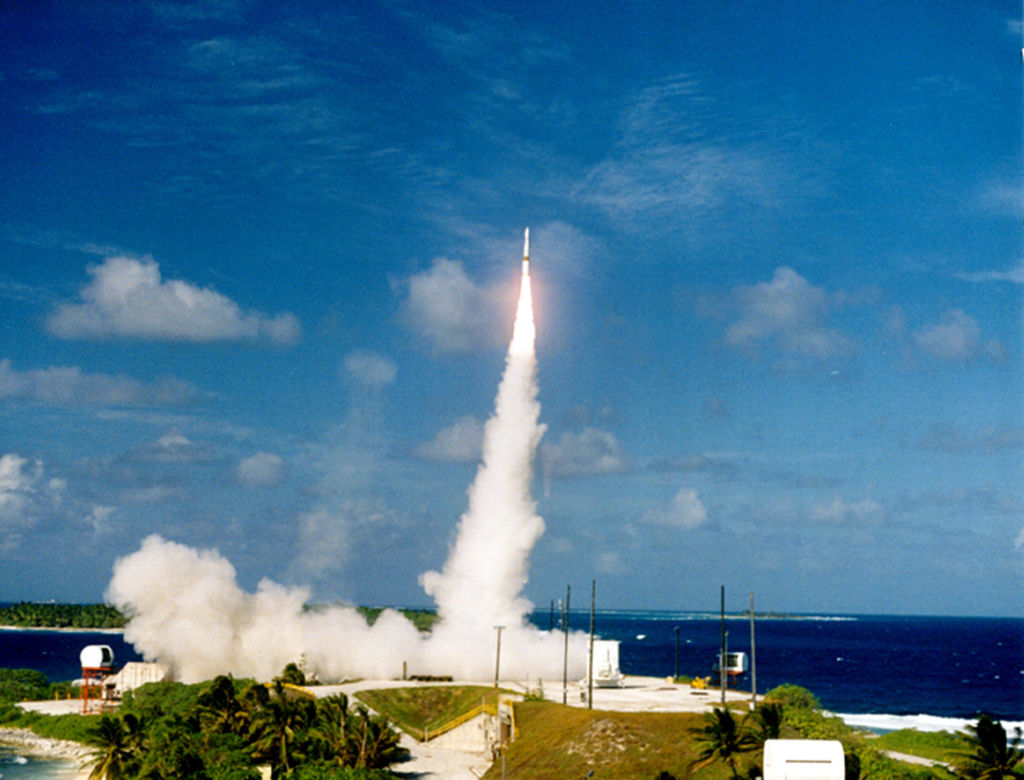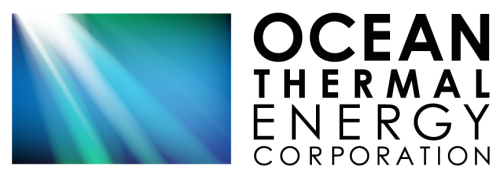COMMERCIALIZATION OF OTEC: ADVANCING FROM MILITARY DEPLOYMENT TO GLOBAL ENERGY INDEPENDENCE
Ocean Thermal Energy Conversion (OTEC) has long been recognized as a viable solution for energy resilience in tropical regions. However, large-scale commercialization has been limited by technical and economic feasibility challenges. The 2009 NOAA Report assessed OTEC’s technical readiness, concluding that a <10 MWe floating, closed-cycle OTEC facility is feasible using existing technology. More importantly, NOAA experts determined that building and operating such a system is a crucial first step in scaling OTEC to 100 MWe commercial plants.
OTE Corporation is now taking that critical first step through its contract with the U.S. Army, marking the first major U.S. military-backed deployment of OTEC. This initiative will establish a floating OTEC system to serve the Army base at Kwajalein Atoll, a remote military installation in the Pacific. The insights gained from this project will provide the technical validation necessary to transition OTEC from military to commercial deployment.
WHY OTEC IS CRITICAL FOR ENERGY RESILIENCE & INDEPENDENCE
- Ensures continuous, fuel-independent power, eliminating reliance on vulnerable supply chains.
- Strengthens national security by reducing logistical risks associated with fuel transportation.
- Provides a permanent, self-sustaining source of electricity and desalinated water for base operations.
- Offers a long-term energy solution, replacing costly and unstable diesel generators.
- Expands energy access while stabilizing electricity and water costs.
- Supports economic development by ensuring reliable power and desalination.
ssikfdj;sdlkfds; ssikfdj;sdlkfds;; ssikfdj;sdlkfds;ssikfdj;sdlkfds;;
PROVEN TECHNICAL READINESS & OTE’S ROLE IN COMMERCIALIZATION
OTE Corporation has been at the forefront of OTEC development, leveraging decades of research, feasibility studies, and system designs for the U.S. government and private sector customers. The company’s engineers played a key role in designing and constructing the first net power-producing OTEC facility at NELHA (Natural Energy Laboratory of Hawaii Authority).
OTE’s wholly owned subsidiary, OCEES International, Inc., has over 21 years of experience in OTEC research and system design and holds Small Business Innovation Research (SBIR) credentials with the U.S. government, which can expedite contracts for commercial OTEC deployment.
OTE and its engineers have contributed to key OTEC advancements, including:
- First net power generation by Mini-OTEC in Hawaii (1979) – 18 kW net
- Japan’s land-based OTEC demonstration in Nauru (1981) – 31.5 kW net
- OTEC research and demonstration in Hawaii (1983 – 1999) – 50 kW net at NELHA
- Cold water pipeline system supporting multiple industries since 1987
- Successful OTEC system survivability through Category 4 hurricanes & 6.9 magnitude earthquakes
- Collaboration with Lockheed Martin and other engineering firms for OTEC development

BUILDING TOWARD FULL-SCALE OTEC COMMERCIALIZATION
With deep-water piping, platform mooring, and power transmission technologies advancing, OTEC is closer than ever to full-scale commercialization. The U.S. Army contract represents a critical first step, allowing OTE Corporation to validate OTEC’s operational feasibility at a military installation before expanding into larger commercial markets.
By first proving OTEC’s effectiveness in a defense setting, OTE Corporation is laying the groundwork for a global rollout of large-scale OTEC power plants, ensuring long-term energy independence, resilience, and security for both military and civilian applications.
After many years of R&D, Ocean Thermal Energy Conversion (OTEC) technology is finally ready for large-scale commercialization.


